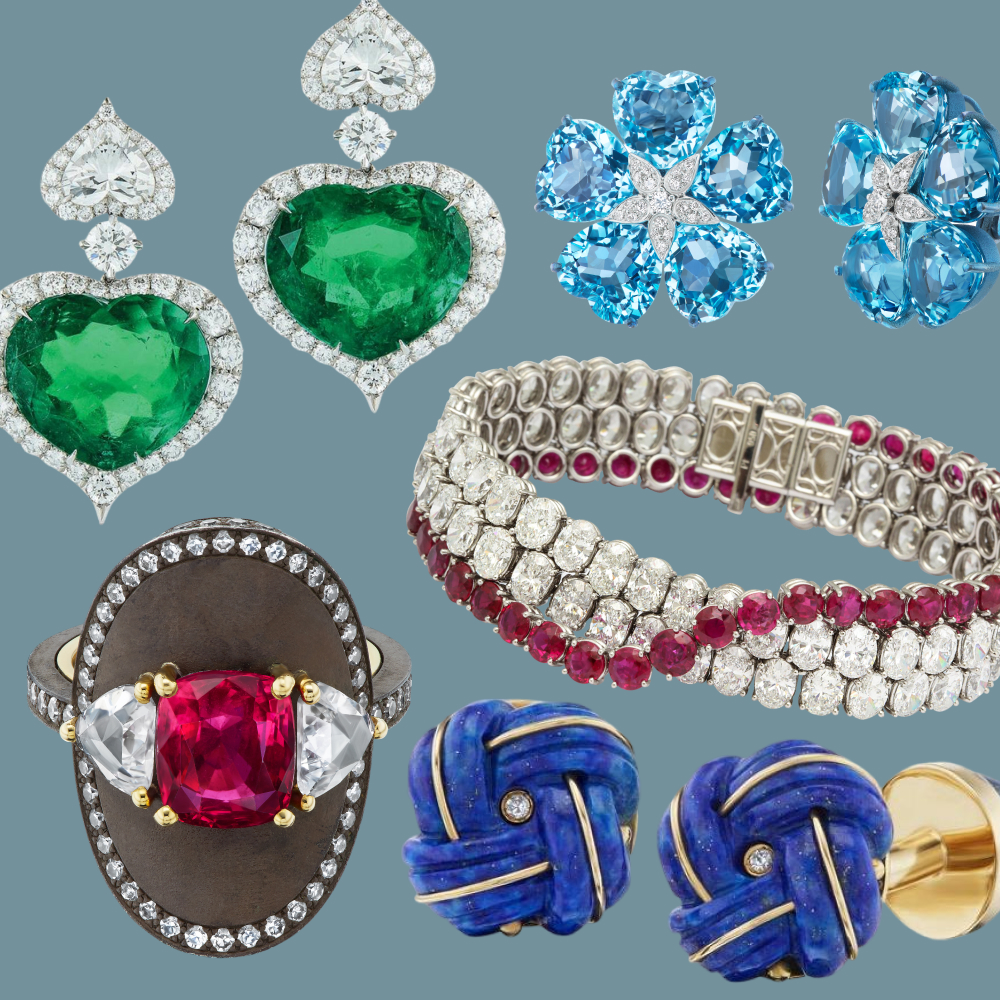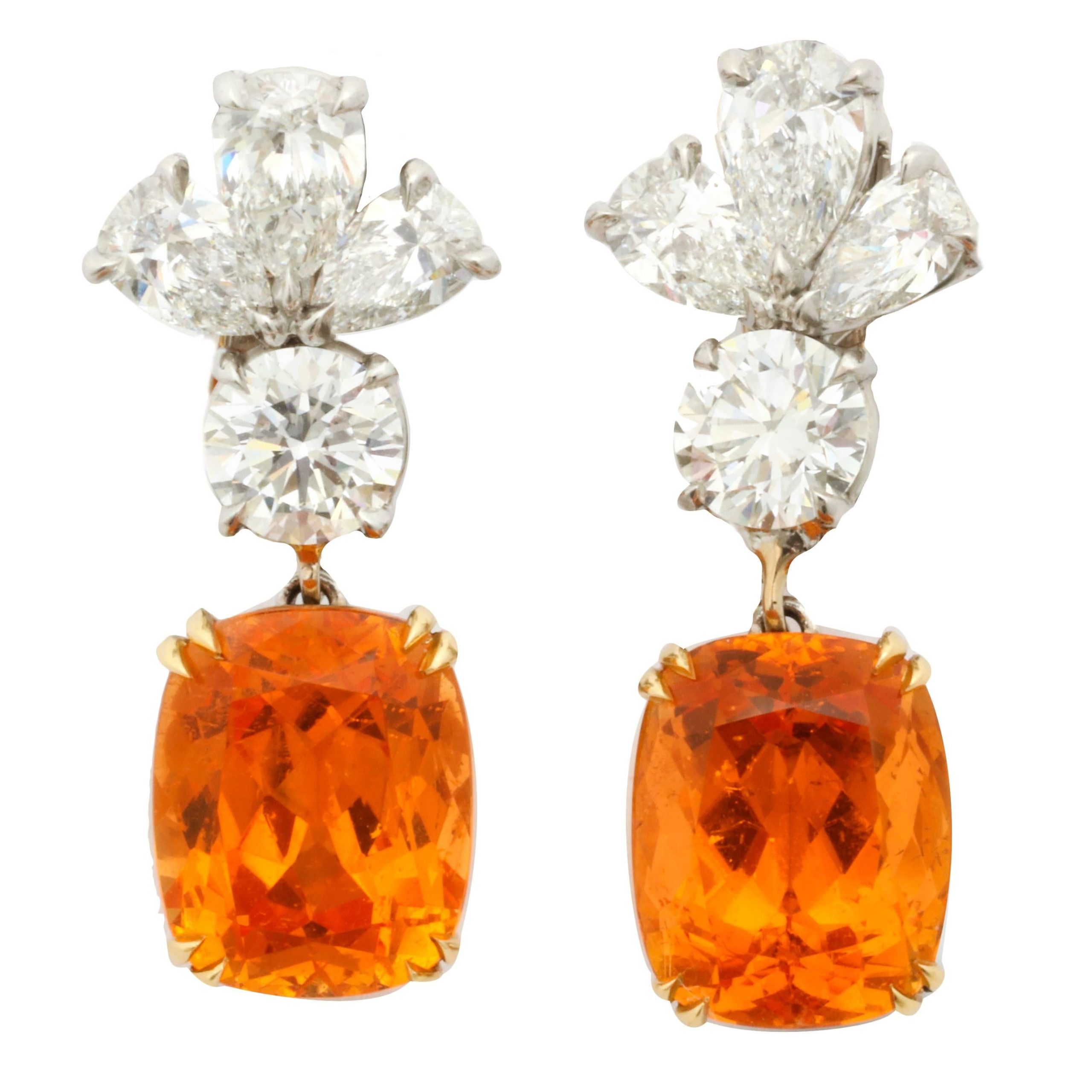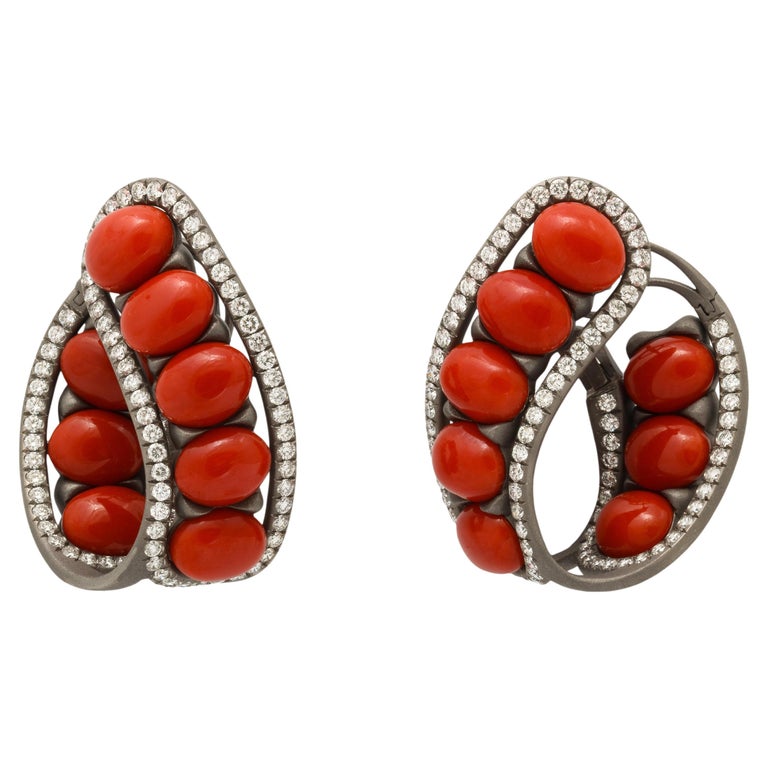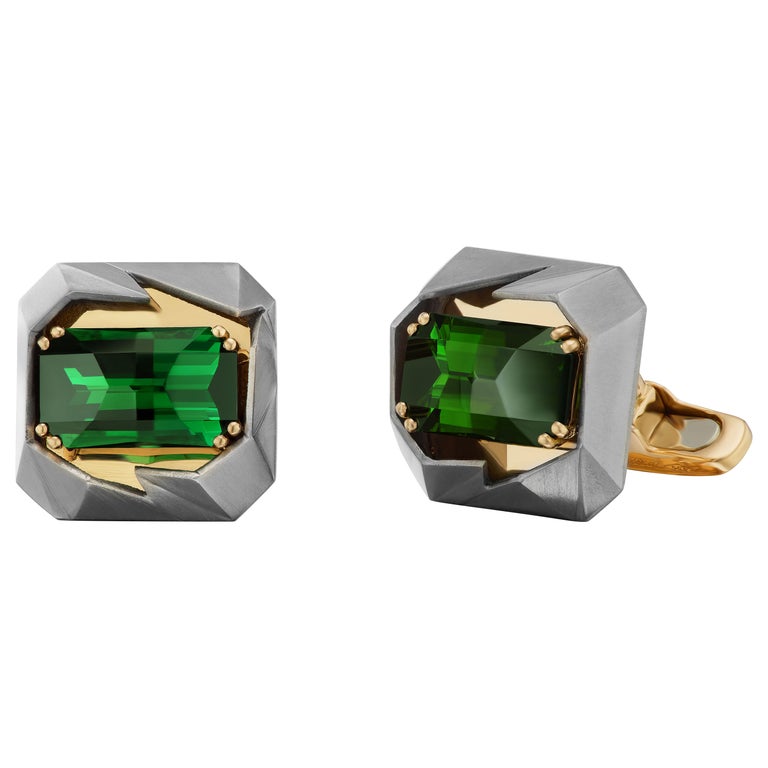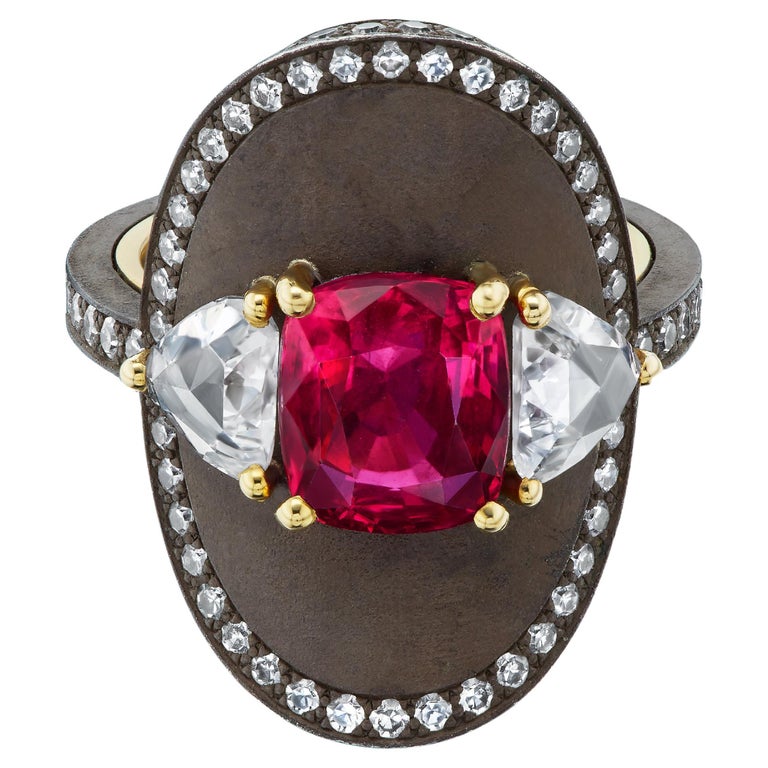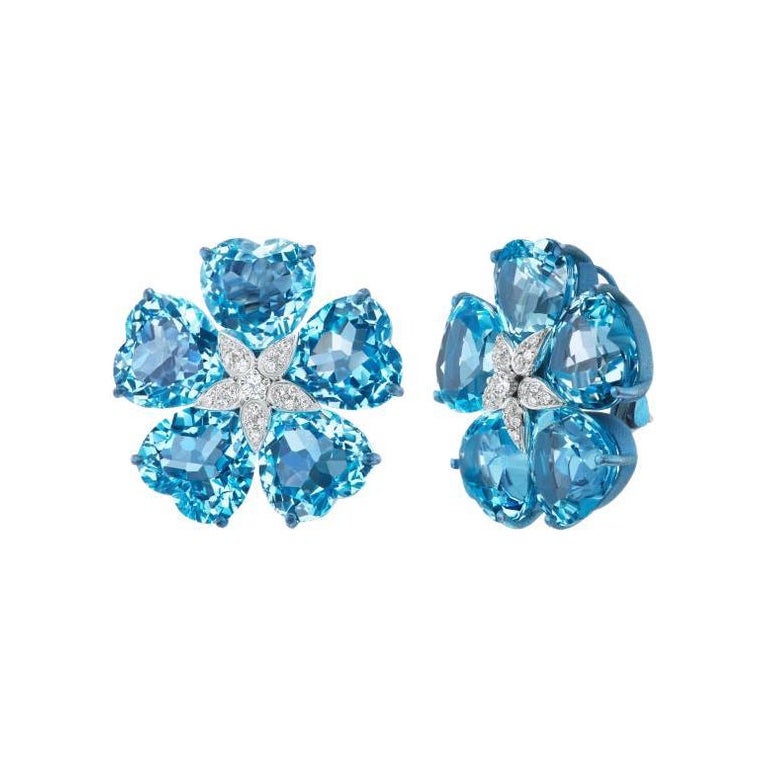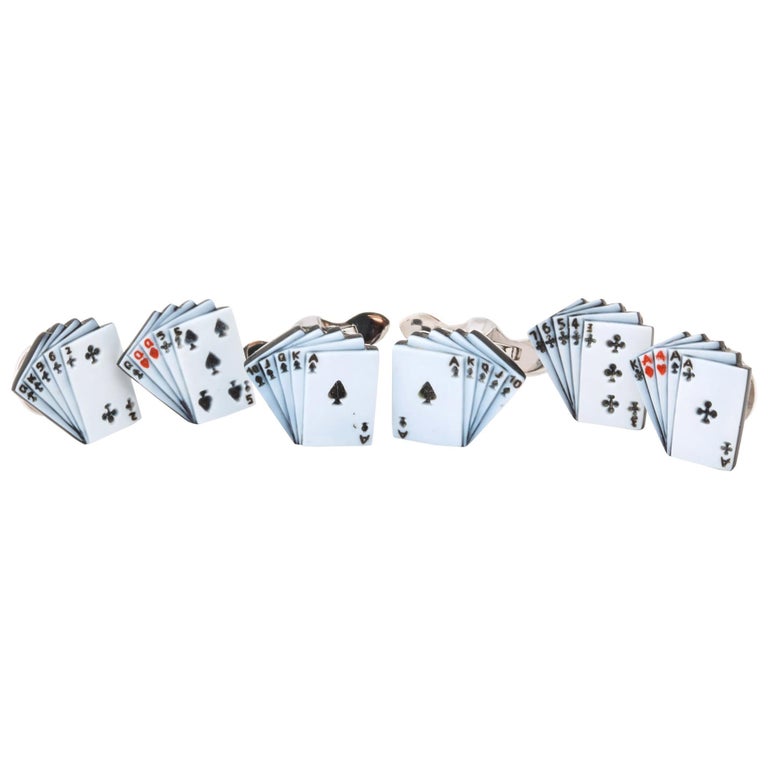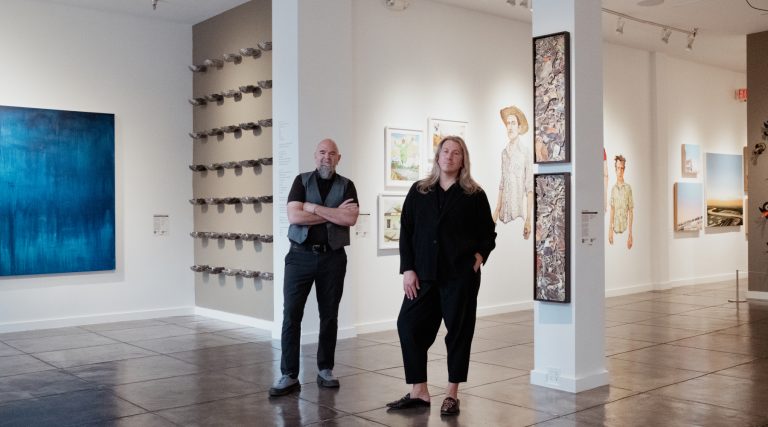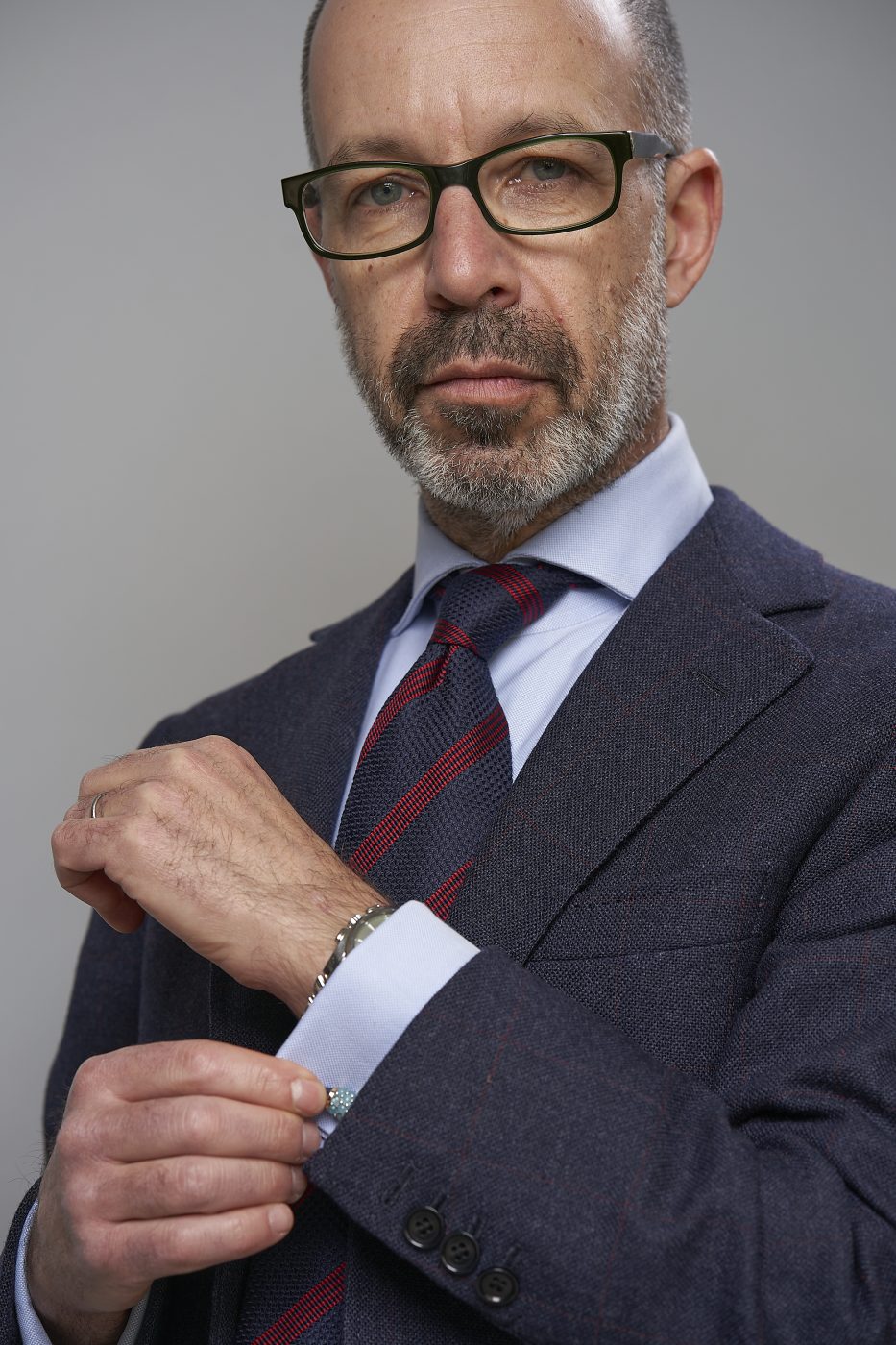
July 6, 2025They say fortune favors the brave. It’s a sentiment that rings especially true for third-generation jewelers Kanners, which planted its roots in New York in 1927. Founder Edward Kanners started the business as a dealer in loose colored stones, working with top New York brands and designers like David Webb, Seaman Schepps and Verdura. Spurred by a unique set of circumstances and shifting market demand, Kanners pivoted in the early 1970s into the secondary jewelry market, specializing in rare and unique estate pieces.
The move not only shaped the company’s legacy but also laid the foundation for a distinct line of in-house creations, now overseen by Michael Kanners in Monte Carlo. His bold contemporary designs include whimsical cufflinks, carved from such unexpected materials as fossilized wood, brown jasper and yellow agate and often taking the form of tiny versions of familiar objects, like pasta, planes and animals, including princely little jade frogs with golden crowns and tanzanite parrot heads with mother-of-pearl beaks.
Equally striking are his signature oversize drop earrings, set with stones like carved gray jade, faceted green amber and orange chalcedony and finished with delicate touches of diamonds, tsavorites and other gems. The pieces exude a playfulness and nostalgic glamour — nodding to an era when jewelry had a maximalist spirit.
So, how did the company’s move into estate jewelry shape this unapologetically opulent, deeply personal aesthetic?
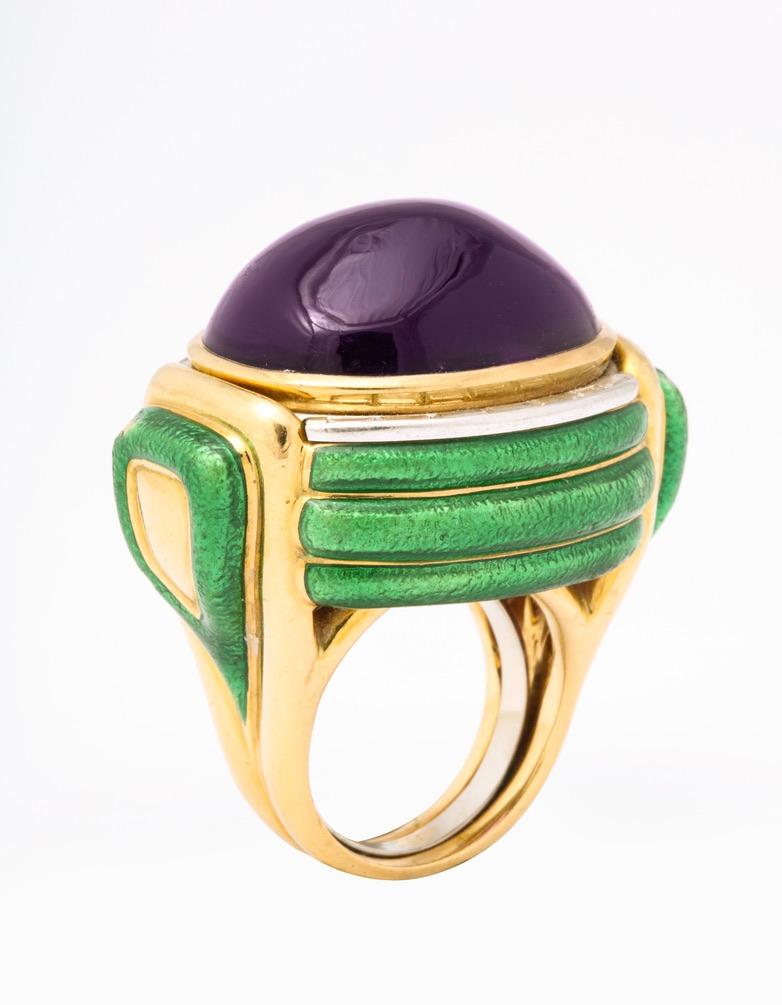
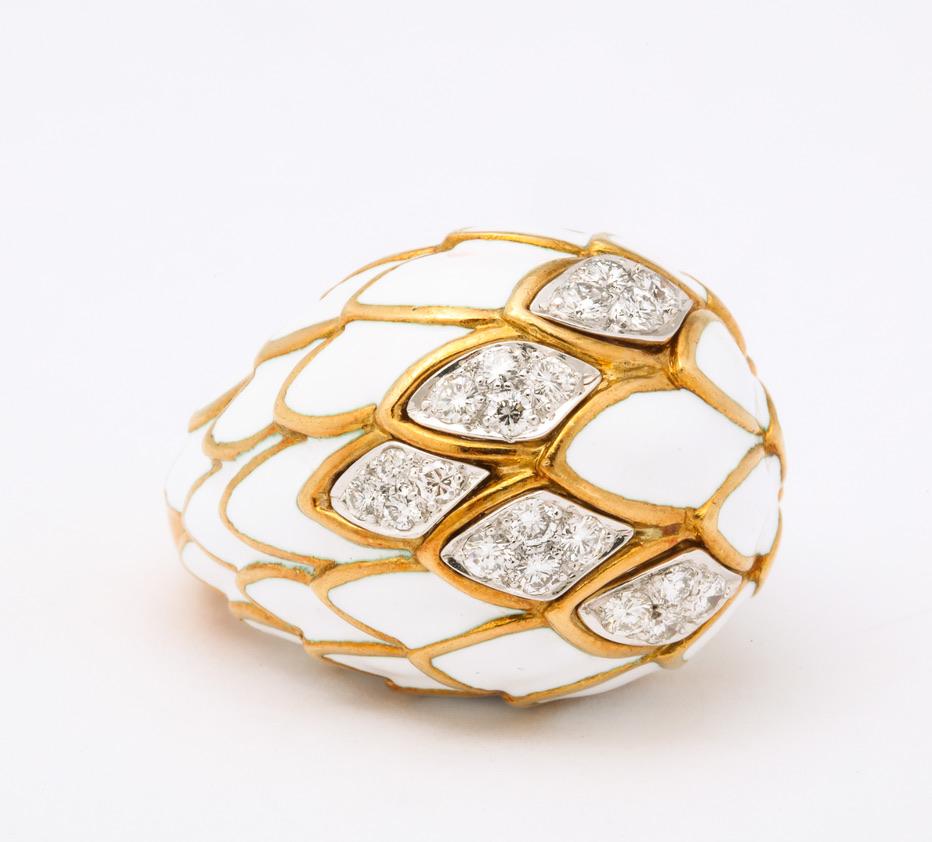
In the late 1960s and early 1970s, Webb, celebrated for his fearless, sculptural silhouettes and unorthodox use of color, sourced virtually all his finest gems through Kanners, which offered an extraordinary array large cabochon rubies, emeralds, sapphires and vividly hued coral and turquoise — stones that would become central to the designer’s trademark style.
Creative as he was, Webb’s bookkeeping was somewhat precarious. When finances were tight, he often settled invoices with finished pieces — frequently ones that clients had traded in for newer designs. For Kanners, then run by Michael’s father, Mark Kanners, these exchanges proved lucrative, forming the basis for a quiet but strategic move into the secondary market, specifically that for estate jewelry, embracing a business model that was well ahead of its time.
With a discerning eye for quality and a sensitivity to shifting cultural tastes, Kanners recognized the allure these striking, one-of-a-kind pieces held, particularly for European collectors and especially Italian ones, who gravitated toward statement jewels with avant-garde flair.
In his early 20s, Michael Kanners saw an opportunity to bridge cultures and expand his creative and commercial horizons. After earning a diploma from the Gemological Institute of America and completing an apprenticeship with a jeweler in London’s Hatton Garden, he immersed himself in the global gem trade, traveling to major fairs across the United States and regularly visiting Italy.
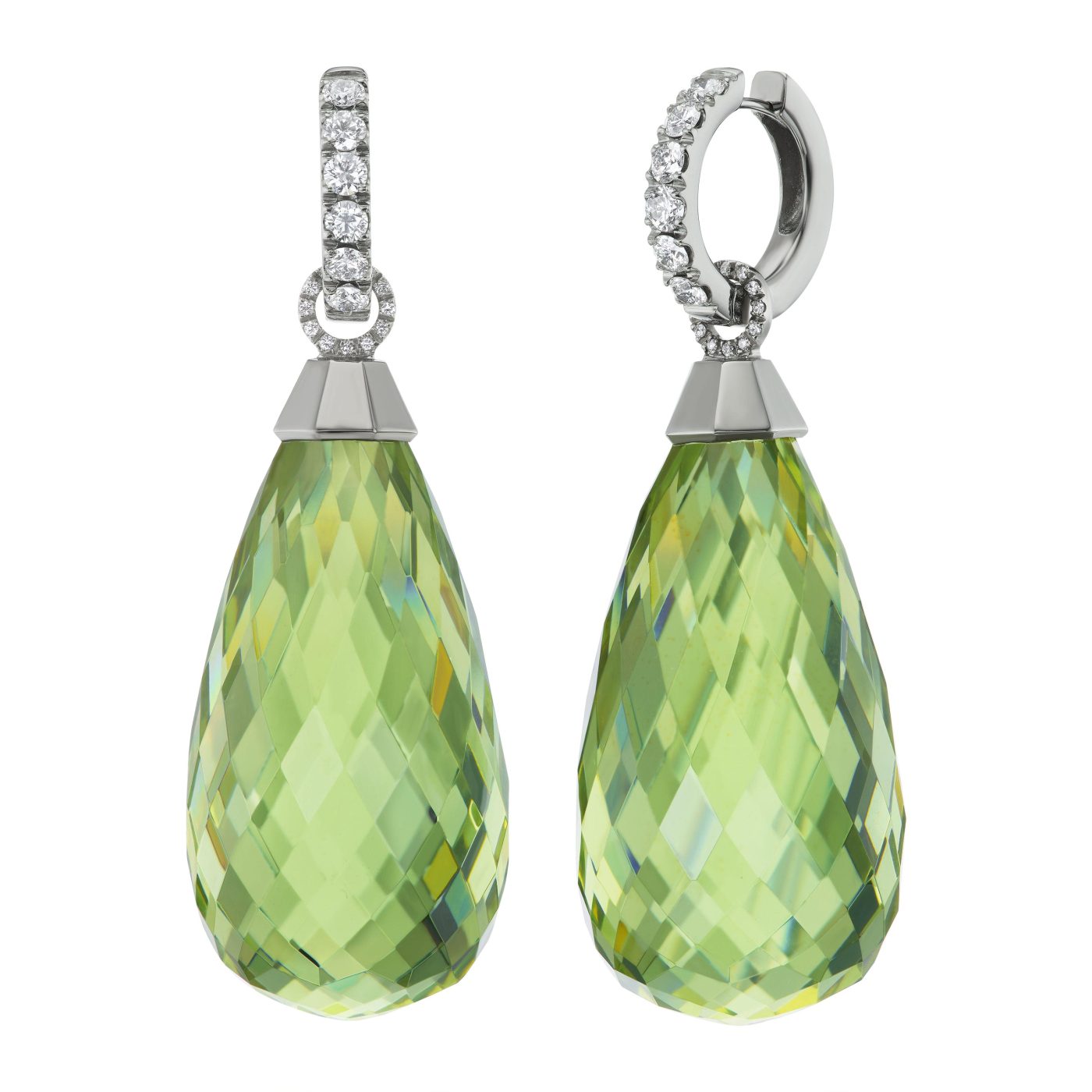
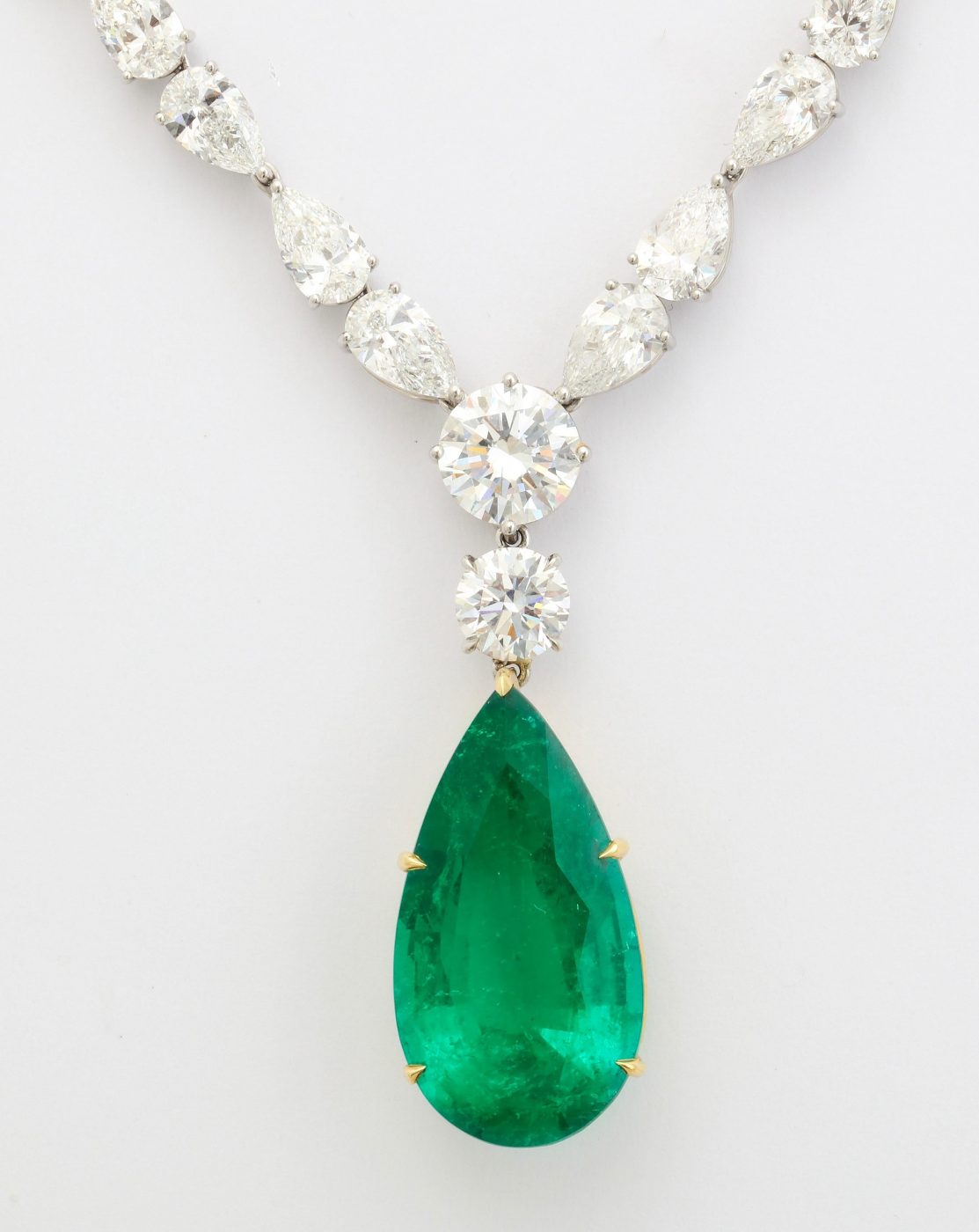
“The best way to gain experience in this business is to meet your clients. And traveling to places like Milan, Florence, Venice, Capri and Sardinia was no hardship for a young man,” he says, smiling. Kanners quickly picked up the language and adapted to a life on the move, establishing himself as a jeweler with a sense of curiosity and a global outlook.
In 1999, he married an Italian woman and relocated to her hometown of Bologna, where he lived for five years. It was there that he began designing and making his own jewelry, influenced by the dramatic, characterful vintage pieces he sourced in the U.S.
“I found myself in the land of my clients, surrounded by opportunity,” he says. “I started buying pieces in Europe that had great stones but lacked strong design. I’d break them up and reimagine them, creating something that truly spotlighted the gems.”
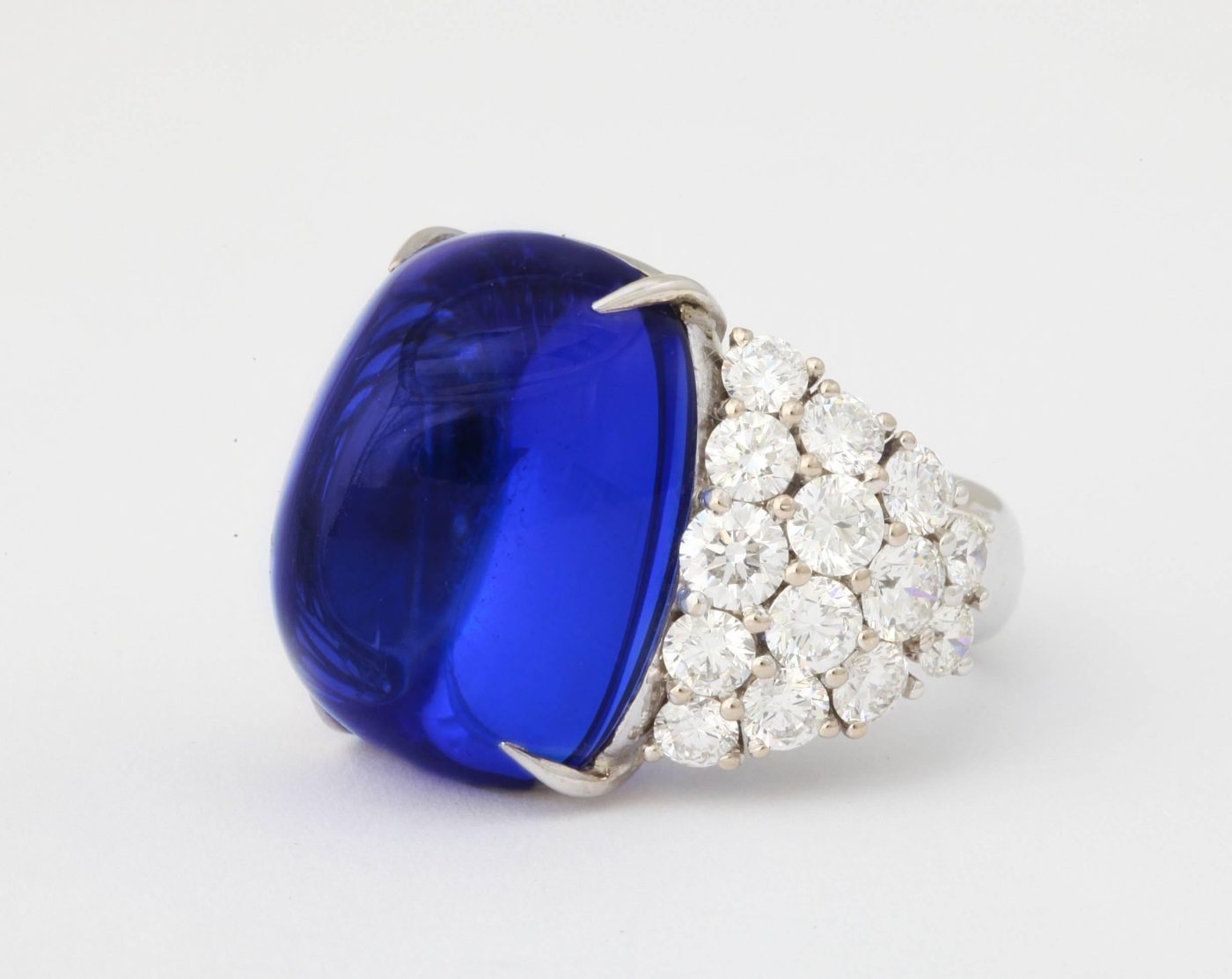
Kanners collaborated closely with a local artisan to bring each piece to life. “I don’t come from an artistic background, but when you work with high-value vintage jewelry, you learn to inspect the back as carefully as the front. You understand what it takes to restore a piece, and that gave me insight into the level of quality required,” he explains.
Kanners says, The two men worked together on every design, a rewarding learning experience for the entrepreneur. “He did everything, casting, enameling, stone setting,” says Kanners, referring to his collaborator, “and had the patience to work with me through each stage. We’d lay out stones on clay or wax to develop the designs together. In New York, a jeweler might sketch something and say, ‘See you in a month.’ But this was true artisanal craftsmanship, and that’s always been a draw.”
He cites Webb’s creations as a key influence — not always heavy on stones but “rich in detail” and imbued with genuine artistic character. “I really don’t have any affinity for itty-bitty pieces of jewelry, and David Webb’s jewelry gave me that taste for the audacious and daring,” he says.
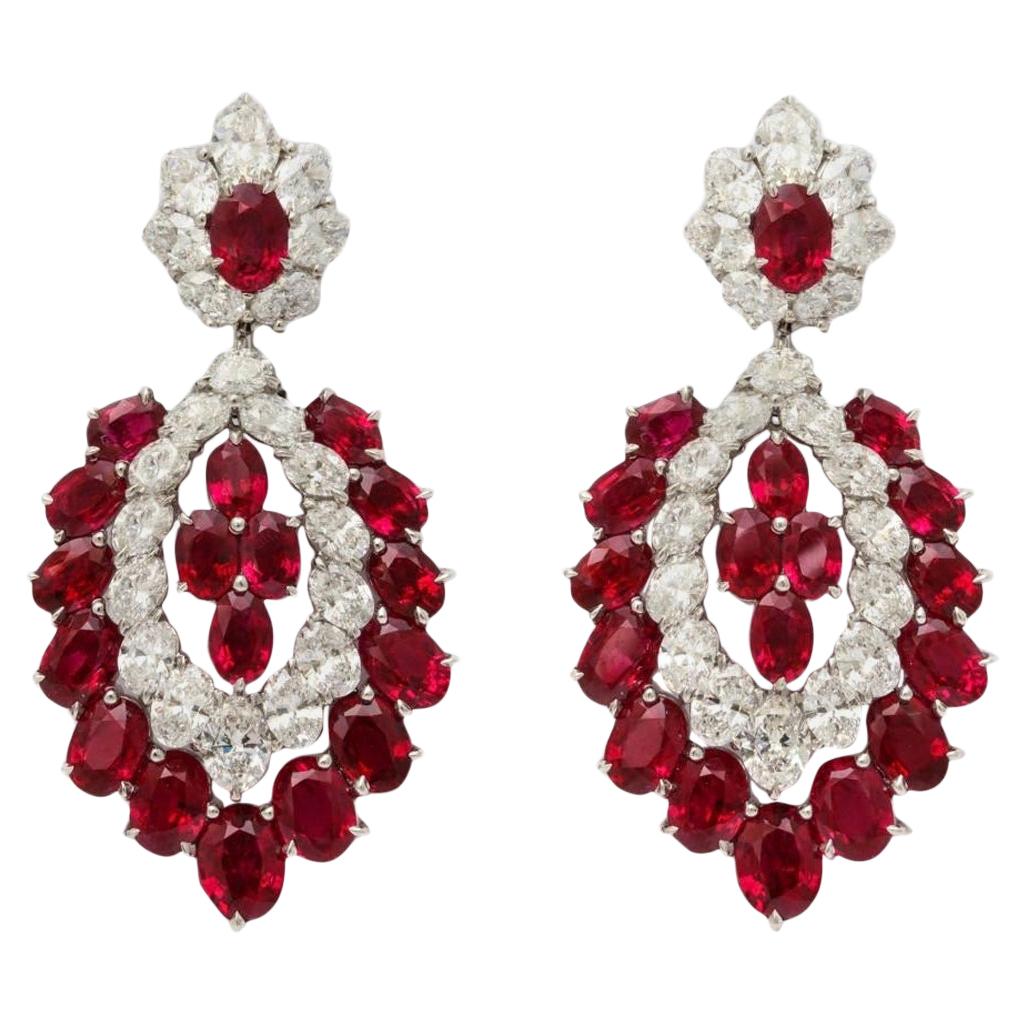
Kanners soon created a kind of cross-border circularity. “The vintage jewelry was still very popular in Italy,” he explains, referring to the U.S.-sourced items. “And the jewelry pieces I made in Bologna were a hit with my American clients.”
This instinct for reinvention would go on to define his approach. After moving to Monaco a decade ago to be closer to his Italian workshops, his wife’s family and an international school for his two bilingual children, he began working with an atelier in Valenza — an Italian town just two hours away, which is celebrated for its long goldsmithing tradition.
The main draw was the exceptional craftsmanship and, in particular, the atelier’s expertise with titanium — a super-lightweight but notoriously rigid metal that requires a high level of technical precision. Valenza is also home to workshops operated by Bulgari, Damiani, Cartier and the like, a testament to the calibre of the workmanship found there.
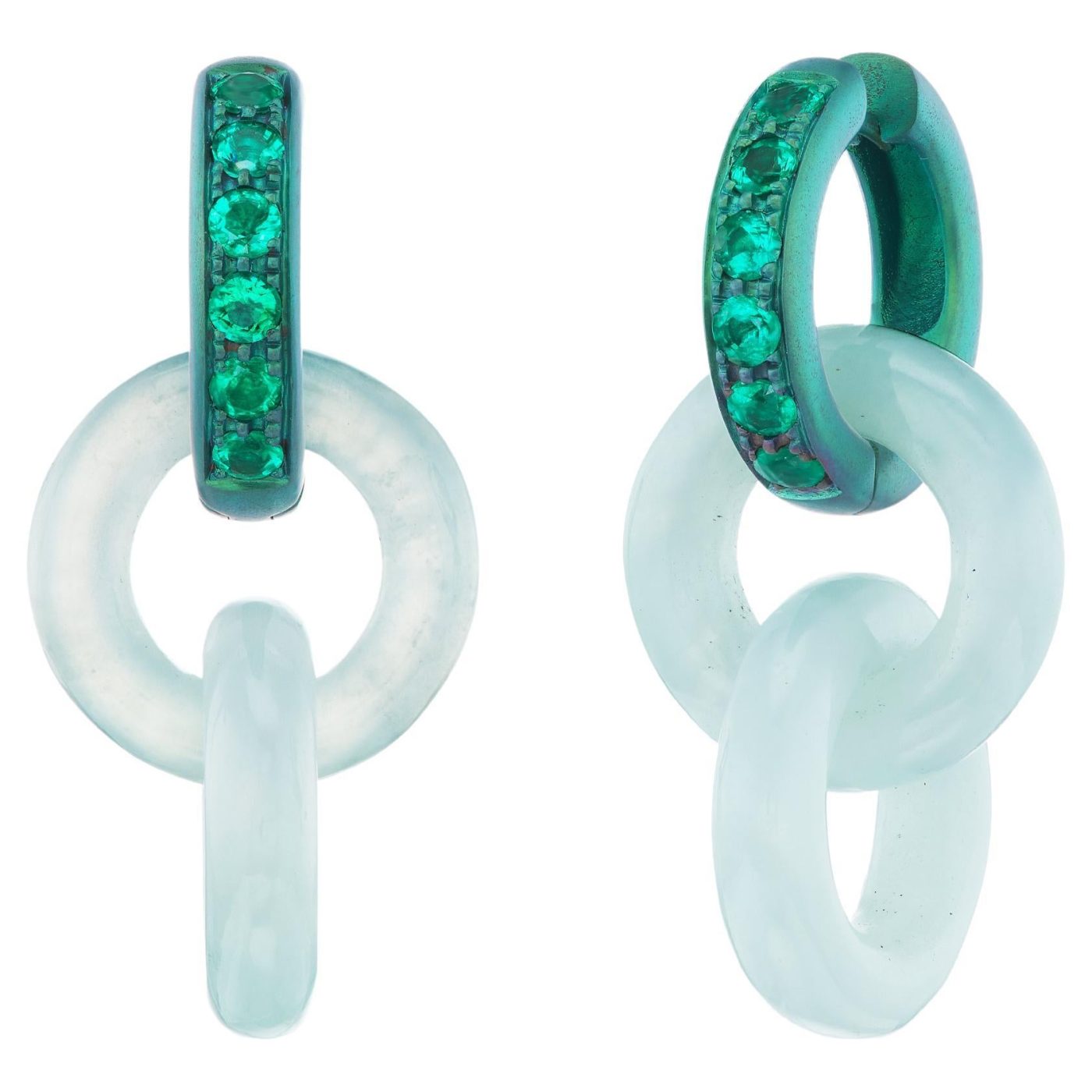
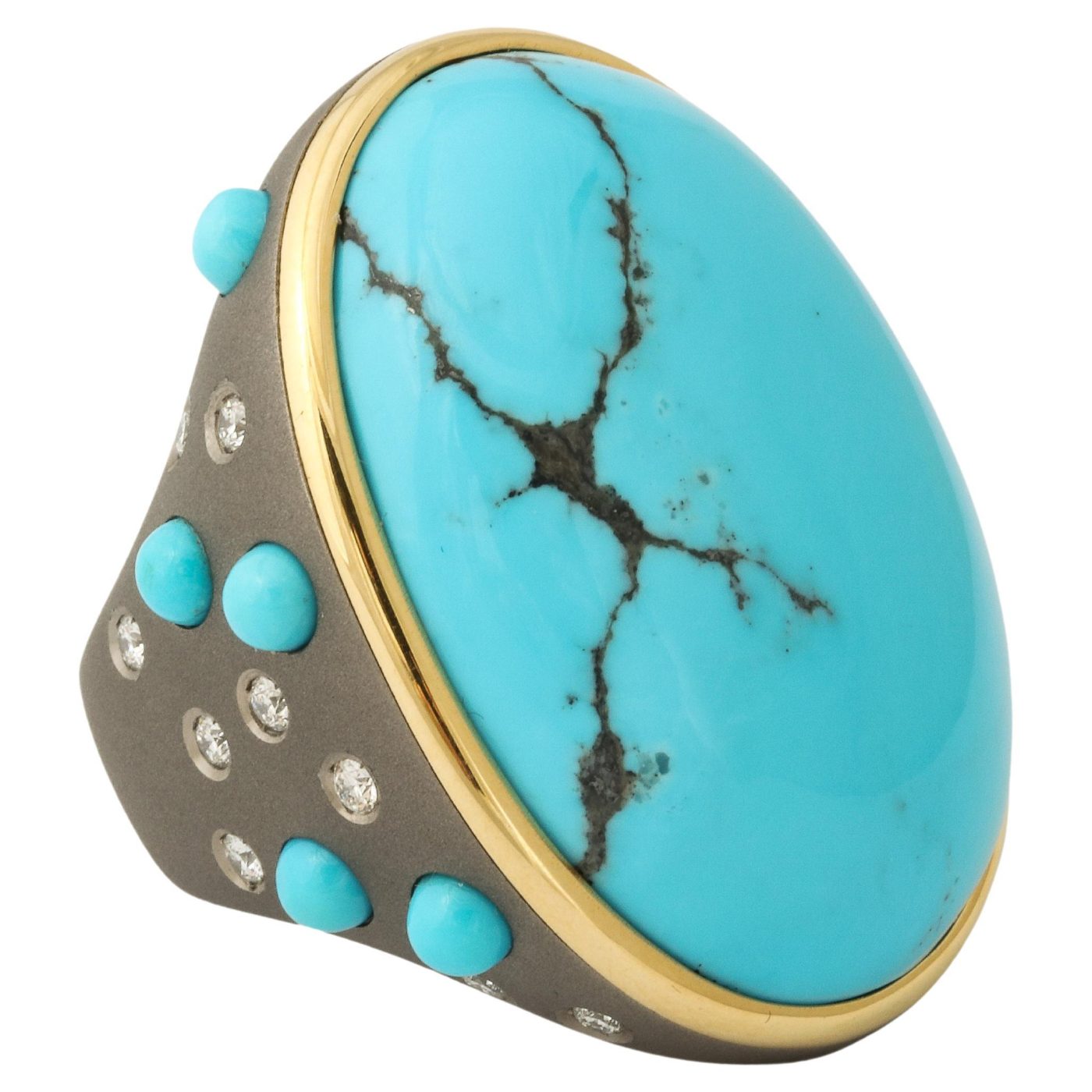
“The color of titanium can be altered, thanks to an electrochemical process known as anodizing,” says Kanners, “which makes it very interesting to work with — versatile and modern. I love it for my big earrings because it reduces their weight significantly — eighty percent less than gold, in fact — which allows them to sit high on the ear and not drag on the lobe.”
For this reason, too, Kanners prefers clips to posts. “Posts can really mess with the beauty of a silhouette,” he explains, “as the placement of the earrings can’t be moved. Even my largest drop earrings are incredibly light and secure on the ear. Importantly, they can be positioned to suit different lobe shapes.”
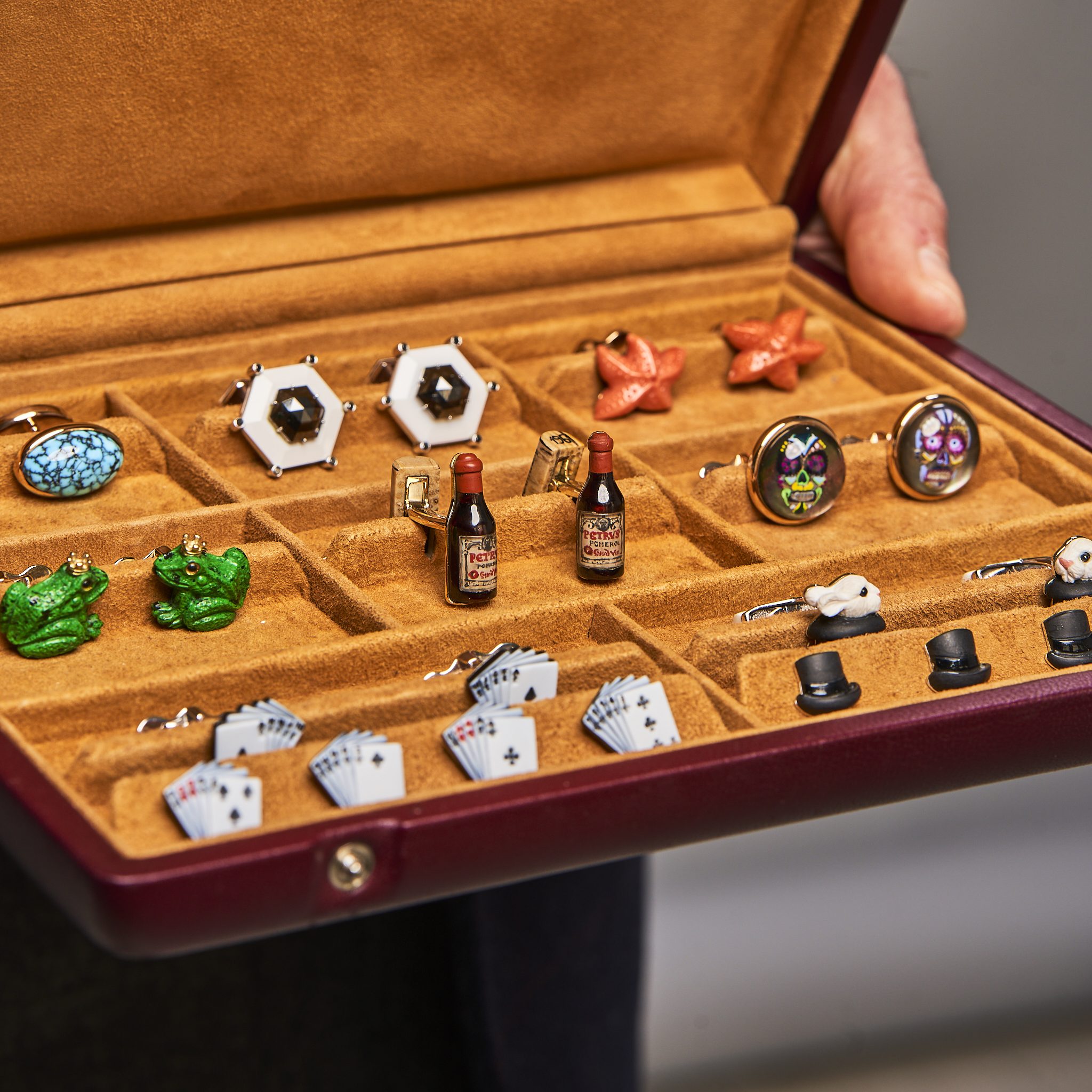
Kanners’s playful cufflinks offer a surprising twist on his high-glamour creations, but they too come with a charming backstory. In 2004, he was commissioned to create a pair of cufflinks shaped like tiny baseballs for a client who worked in the offices of the Boston Red Sox, to commemorate the team’s World Series win. When the team triumphed again in 2007, the client raised the stakes, requesting links shaped like the trophy itself, which proved far more challenging.
“You can imagine how hard it was to make those thirty flagpoles in miniaturized form,” says the jeweler. “We represented it from a bird’s-eye view, so the shape of the tiny trophies sat elegantly on the cuffs, using gold and rock crystal.”
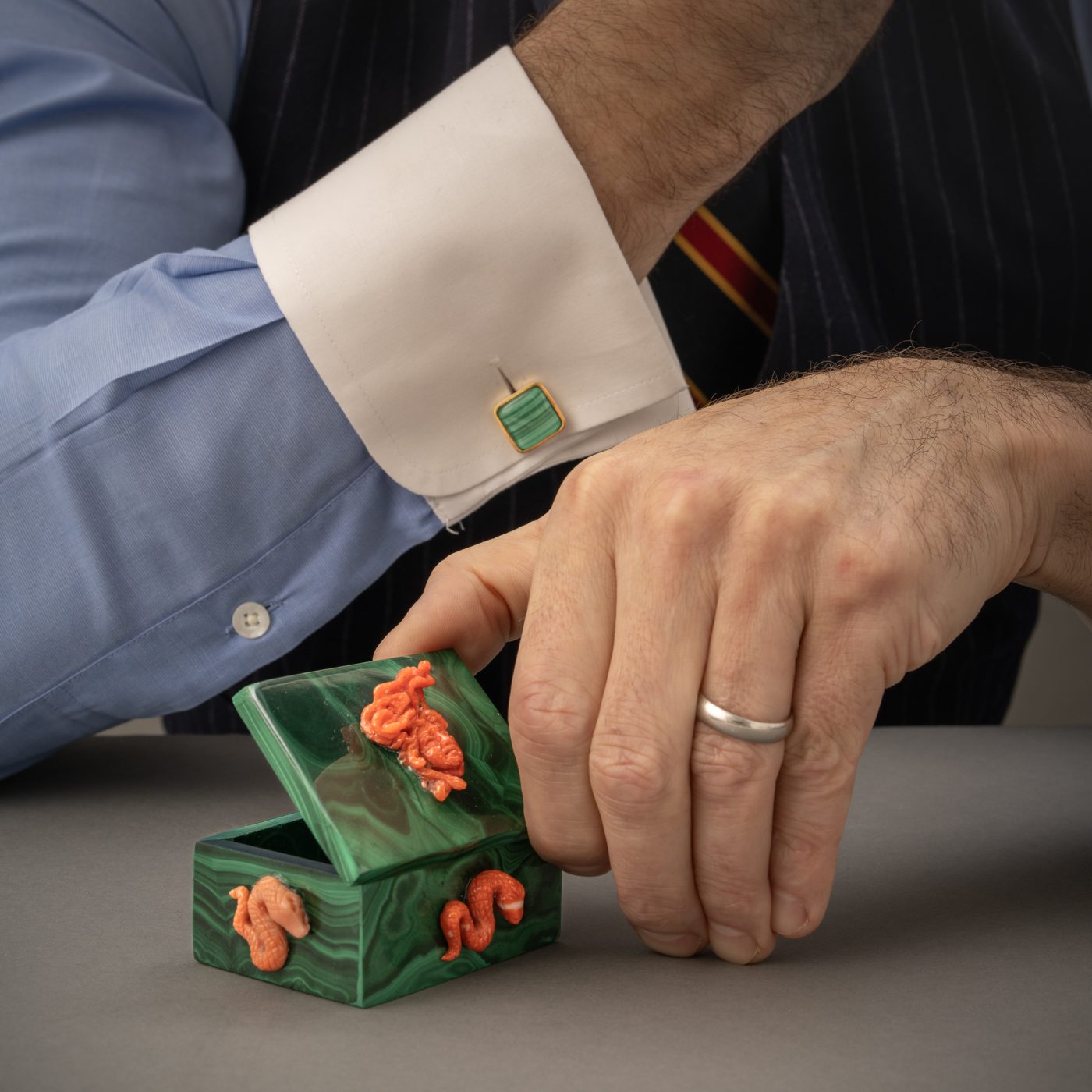
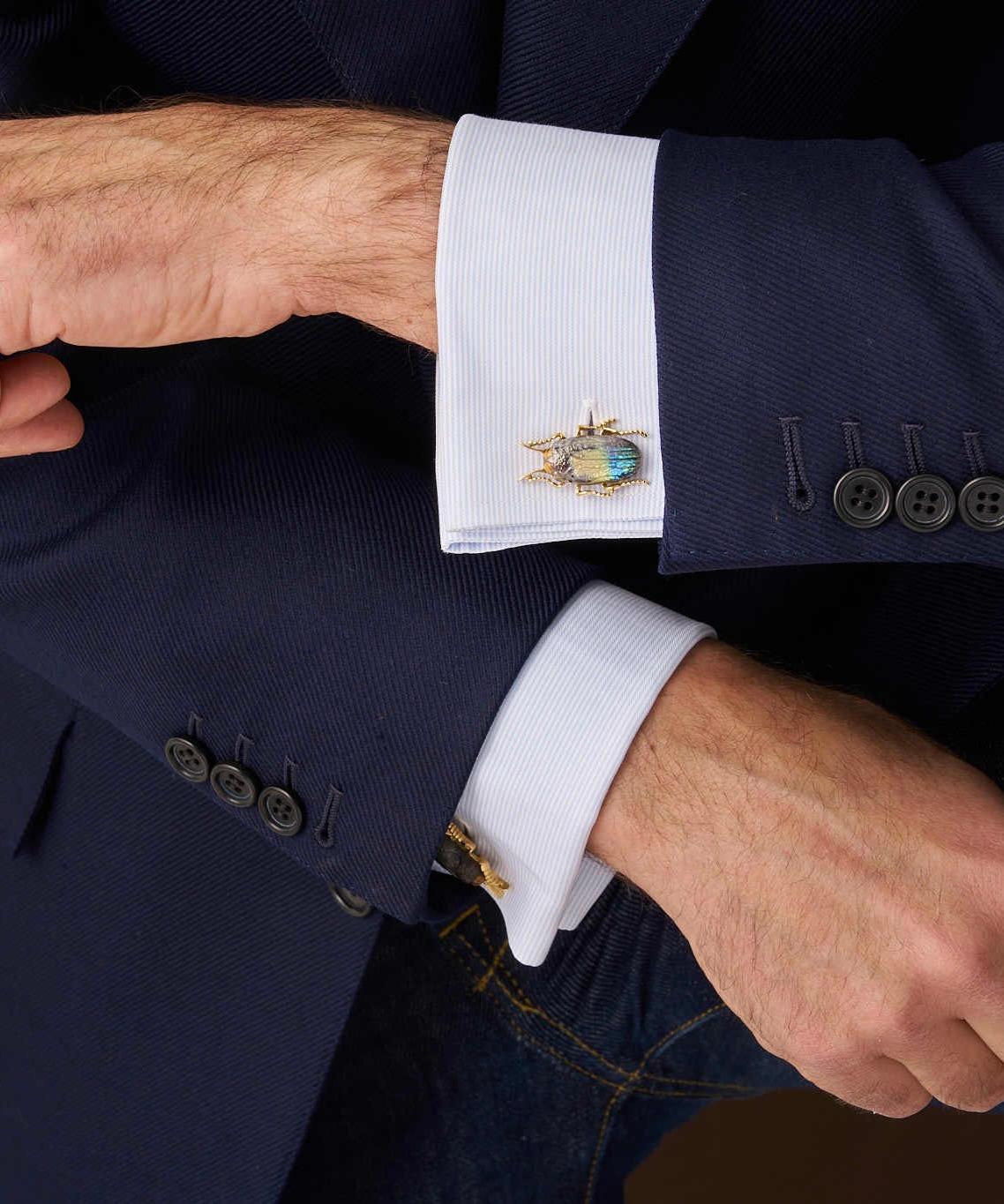
It was a feat of technical precision and artistry that opened the door to many more intricate cufflink designs — including miniature champagne bottles, which, like the trophies, are carved by hand in a specialized studio in Germany.
“You don’t see as many cufflink wearers these days,” Kanners says. “But these are exquisitely made, catering to a discerning clientele whose lifestyle permits them to indulge in a little fun and fantasy.”
In an age when restraint dominates luxury jewelry, this flash of play and fantasy stands out — even if we’re only admiring it from afar.
